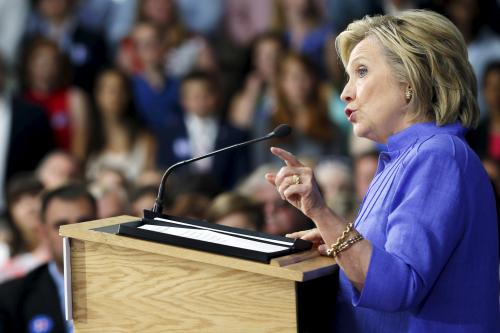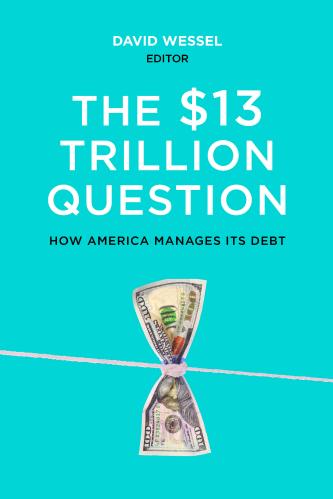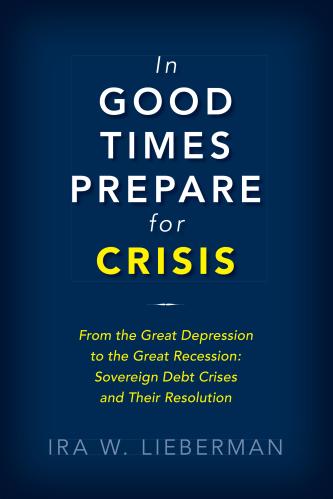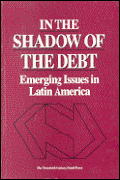The public discussion about higher education has long been focused on two obvious trends: the rising cost of college, and the growing burden of student debt. These are certainly important factors for consumers, college administrators and policymakers to consider, but the emphasis on these points has caused us to collectively overlook another critically important factor: risk. The real solutions to the problems that plague our nation’s system of higher education will come when policymakers shift their focus to address the systemic risk inherent in investing in a college degree.
Over the last 20 years, published tuition and fees have more than doubled at four-year public institutions, and have increased by more than 50 percent at private four-year and public two-year colleges. This rate of increase has not been seen in any other sector of the economy. Some of this is mitigated by the fact that schools have increased grant aid at the same time, but there is no question that the cost of college is trending steadily upward (even after accounting for inflation).
But the rapidly rising cost of college education is not as troubling as it first appears. While the price of higher education has increased, so has its value. Over the last 30 years the lifetime earnings associated with having a college degree hasgrown by 75 percent. Today’s students are paying more to go to college, but they are also getting more out of it. In this sense they’re getting a better deal.
We’ve also seen a dramatic rise in education debt in recent years. There is more outstanding student debt today than ever before. The fraction of households holding student loans is continually increasing and the balances of their loans are increasing as well. This trend is worth noting, but we shouldn’t neglect to consider this in the context of the financial return to education. Spending on college, even if it is financed with debt, generally leaves a student better off. Research indicates that the financial rate of return on a college degree is about 15 percent – a rate that far exceeds the yield on most other investments available to the individual consumers, especially young ones. This is why many across the nation, including President Obama, are working hard to increase the rate of college enrollment, particularly among disadvantaged students.
It’s absolutely true that college is still “worth it,” but this narrative misses an important nuance that needs to become a bigger part of the discussion. Going to college is risky. The financial returns to college degrees are large on average, but students face a range of outcomes. Even if the majority of students face favorable returns on their investments in higher education, that still leaves some who would have been better off without having enrolled in the first place. As the cost of college has risen, so has the cost of making a losing bet on a degree.
There are many forms of risk facing students as they consider enrolling in higher education. One common pitfall is failing to complete a degree. Among the cohort of first-time, full-time students entering four-year degree programs in 2005, only about 60 percent ultimately graduated. This often unforeseeable outcome leaves students with the expense of college, but without the earning power associated with holding a degree. Even students who complete their degree are not guaranteed a payoff on their investment. Some students will realize, in retrospect, that the earnings opportunities afforded by their degree do not justify the cost. For example, new research has shown that many students who attended for-profit colleges in recent years are facing poor financial outcomes. In essence, these students took bets that didn’t pay off.
In the existing federal student loan program, borrowers are protected from unaffordable monthly payments on their debt through a set of repayment programs that cap monthly payments based on income. However, these programs are difficult to navigate, and don’t always deliver relief where (or when) it is needed most. A more streamlined and robust program of income-driven repayment could go farther in protecting students from risk, but private market solutions, like income share agreements, and institution level innovations can also play a role in addressing this problem.
The problem of risk in higher education will be a challenge to solve, but practical solutions are not inconceivable. The challenge, instead, is getting the issue of risk to become an important part of the national discussion about higher education reform. We’re all implicitly aware of the notion of risk, but it’s time to bring it to the forefront of the discussion.
Editor’s note: this piece first appeared in Real Clear Markets









Commentary
Op-edHigher education debt is worth it, but isn’t risk free
January 12, 2016